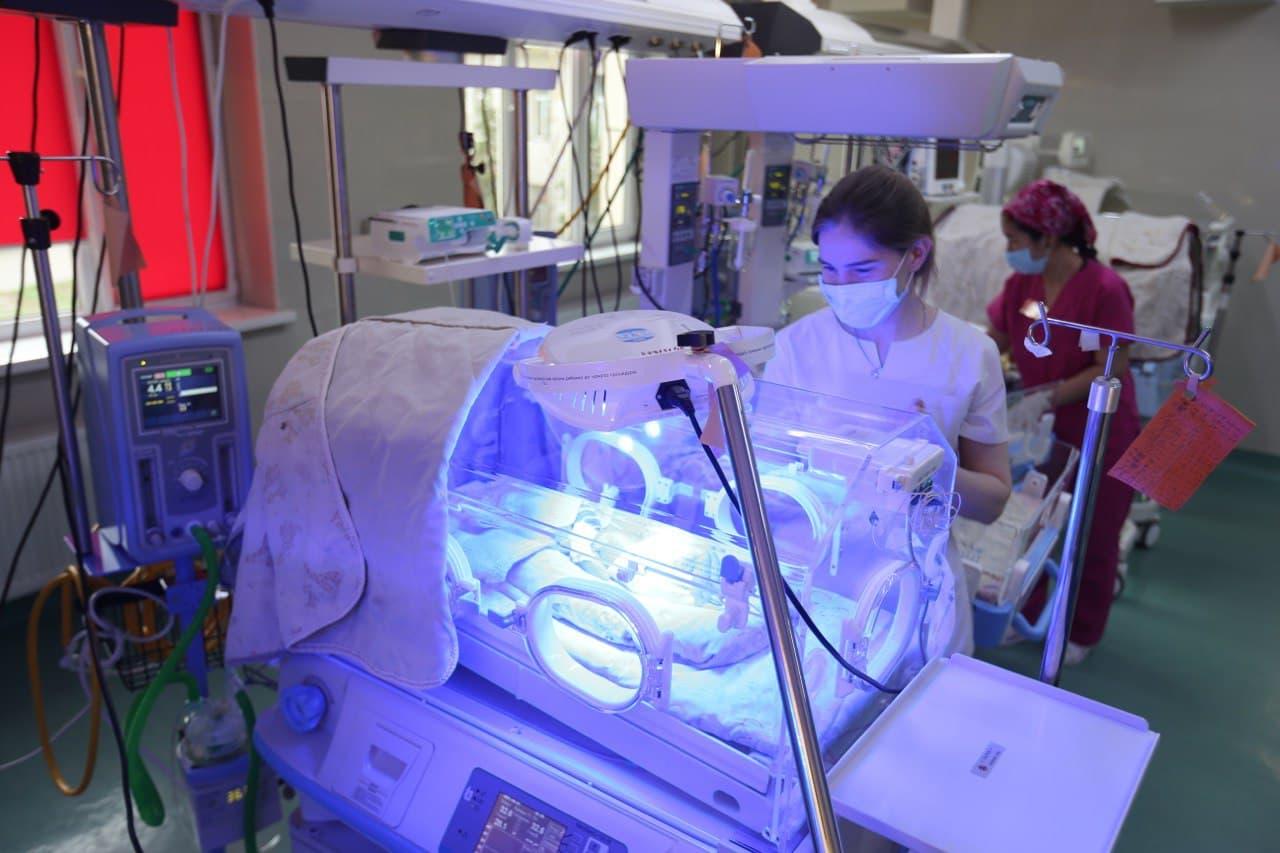
Healthcare in Kazakhstan has come a long way since the country gained independence from the Soviet Union in 1991. The government has invested heavily in the sector, which has led to significant improvements in the quality and accessibility of medical services. While there are still challenges and areas for improvement, the progress made so far is encouraging.
The significant changes in recent years have been the construction of new hospitals and clinics. In 2020, the government announced plans to build 27 new hospitals and 500 primary care centres across the country by 2025. In addition, over 350 policlinics are scheduled for renovation. These projects are expected to cost around $1.7 billion and will help to improve access to healthcare services in underserved areas.
One of the key areas where Kazakhstan has made progress is primary care. It is the first point of contact for patients seeking medical attention and is crucial in preventing, detecting, and managing a wide range of health issues. The doctors either specialize as therapists or general practicians (GPs) both form the primary care sector. Therapists typically focus on diagnosing and treating simple illnesses and may refer patients to other specialists. They only see adult patients (18 years and older) and are not able to perform certain procedures, such as administering IVs.
GPs in Kazakhstan are known as “Врач общей практики” or VOP, which means doctor of general practice in Russian). They are trained to provide a wide range of medical services to patients of all ages. VOPs can diagnose patients, from infants to the elderly and provide preventive care, including guidance on healthy lifestyle, preventing illnesses, and personal hygiene. They may also offer advice on family planning and child development.
According to the Ministry of Healthcare (MoH), 4,200 doctors were trained in 2022, including 138 who received training abroad. In addition, 2,650 mid-level medical personnel were trained using funds from the State budget. More than 15,000 doctors and over 29,000 mid-level medical personnel were also trained using funds from local executive bodies. This investment in healthcare training has led to a decrease in the shortage of doctors in rural areas by 12% in 2022 and an overall reduction of 26% in the country.
As a private clinic, iO recognizes the importance of continuous education in improving the quality of healthcare services by investing in annul training abroad for staff physicians. We are delighted to congratulate Dr. Nessipbekova in perusing a six-month grant for training at the King’s College, UK.
Another area where Kazakhstan has made strides is in the local production of pharmaceuticals by signing six memorandums of understanding (MoU) with major companies, including Roche, Fresenius, and Novartis. The aim is to increase the share of domestic production in the pharmaceutical market to 50% by 2025.
While these are encouraging signs, there is still much to be done to improve the quality of healthcare in Kazakhstan. One of the challenges is still the shortage of medical professionals, particularly in rural areas. While the efforts to train more physicians are a step in the right direction, there is a need for more specialized doctors and nurses in areas such as cardiology, oncology, and pediatrics.
The number of pediatric graduates declined sharply in the 1990s after the collapse of the Soviet Union. The number of pediatricians dropped down 4,500 in 2017, according to the MoH. Furthermore, medical schools temporarily stopped offering specialized pediatric training programs, worsening a shortage of trained professionals.
To address this issue, the government has invested in the construction of new pediatric facilities, has provided financial incentives for medical students, and reopened educational programs at universities. Despite these actions, even in the two major cities Almaty and Astana the level of pediatric care remains deeply lacking, due to the shortage of doctors, facilities, and equipment.
The government has further established partnerships with international organizations to improve pediatric care and provide training opportunities for medical professionals. For example, in 2019, the government signed an MoU with the United Nations Children’s Fund (UNICEF) to improve maternal and child health in the country.
The quality of healthcare infrastructure needs significant attention not only for children but also for the adult population, particularly in rural areas. Many facilities lack the necessary equipment and resources to provide high-quality care, leading to long wait times and inadequate treatment. In addition, there is a need for better coordination between different levels of care, from primary care to specialized treatment.
Despite these challenges, there are reasons to be optimistic about the future of healthcare in Kazakhstan. The government’s commitment to increasing funding and implementing reforms in developing medical professionals, improving infrastructure and accessibility is a positive sign.




